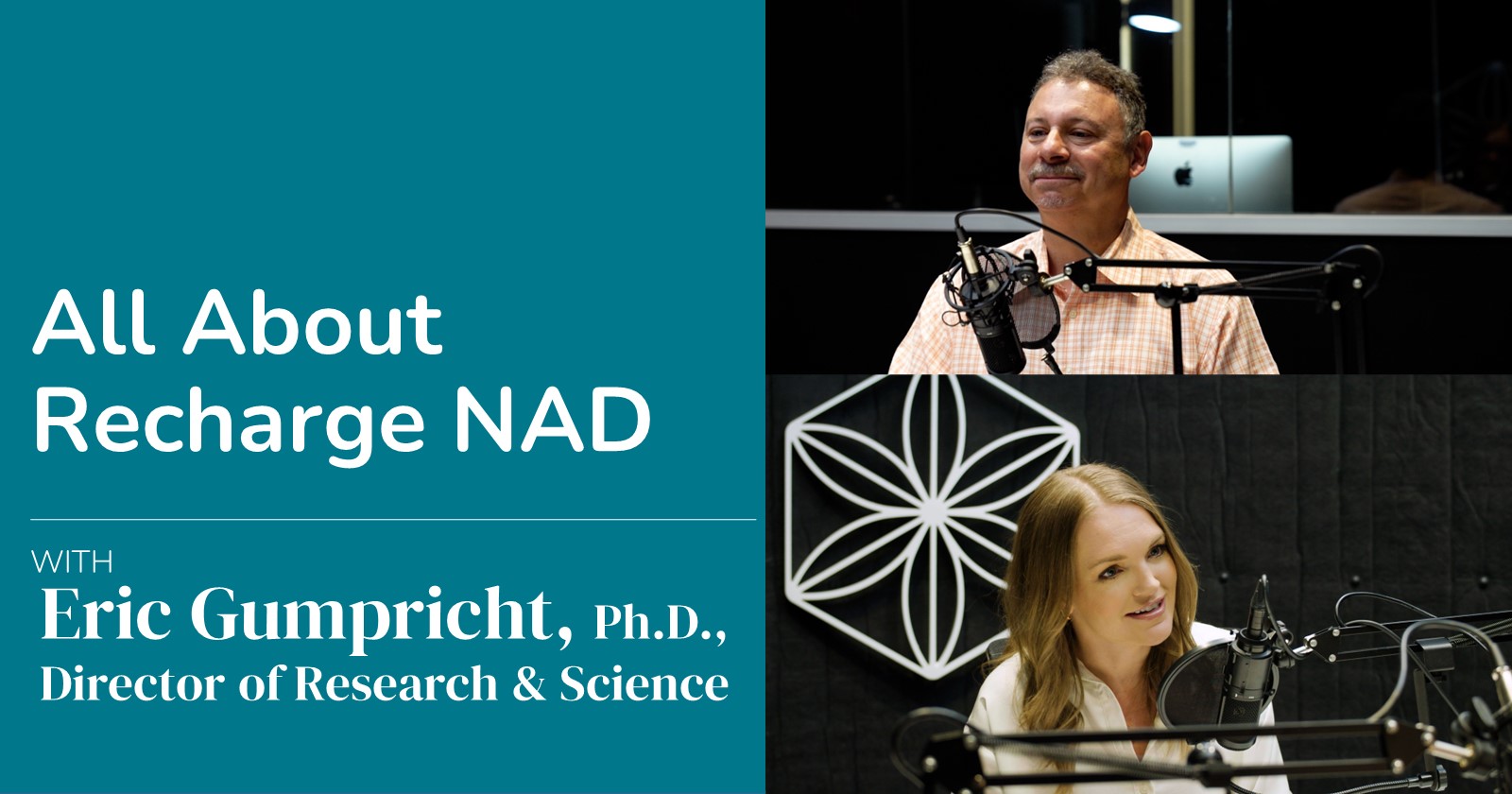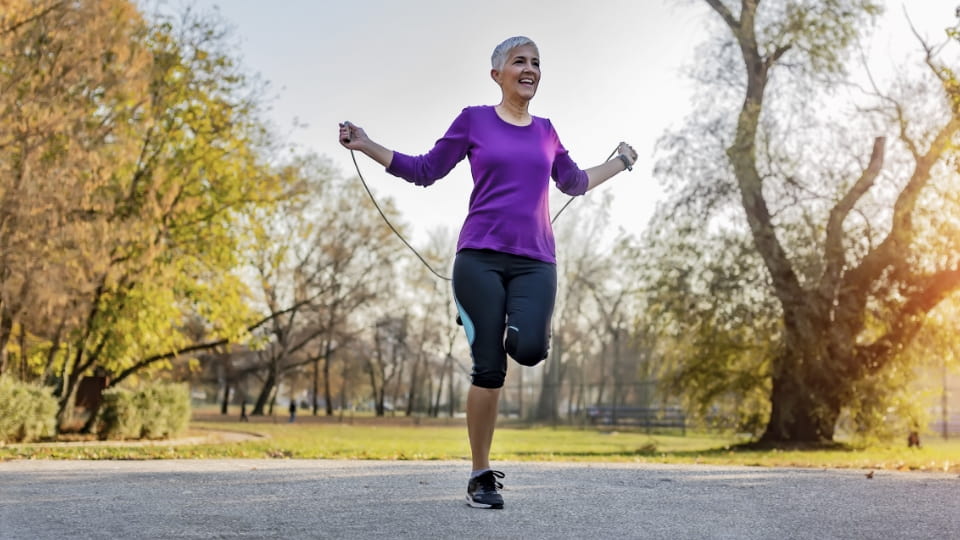By Michael Colgan, Ph.D.
As did all life on Earth, humans evolved in concert with the rhythms of the light. The retinas of your eyes transmit the light to a biological clock in the suprachiasmatic nucleus (SCN) in the middle of your brain. The SCN then triggers thousands of physiological functions of hormones, nerves, muscles, organs, and brain 24 hours a day, lifelong (1,2).
Resistance exercise, for example, is best done from 6 to 10 a.m., the time of the circadian cycle when anabolic hormones are at their highest peak. Skill training, balance, coordination, speed, and agility practices are best done from 4 to 6 pm, the time of your cycle when the brain, hormones, and muscular reactions supporting these abilities are most readily accessed (1,2).
All the migrations of animals and birds, nest building, mating, birth, occur to the rhythms of the light. All the great cycles of Nature occur to the rhythms of the light. So does the cycle of human life, even including reproduction, if left undisturbed by artificial light and inactivity (3).
Most of us live under the illusion that we scamper through life voluntarily. In fact, the rhythms of light control every aspect of human physiology, especially sleep/wake cycles, energy levels, hormone release, brain growth, muscle growth, body fat, and health.
This activity, 24 hours a day, uses expression of more than 20 percent of your total genome, making light the largest control system in human physiology (4-6). If you can’t believe it, try ignoring your circadian cycle entirely for a week. Decades ago ignorant studies subjected lab rats to such abuse: no food, no water, no activity, no sleep for a week. Most of the rats died.
Yet, the majority of folk pay scant heed to the light and its demands on our design for daily cycles of exercise, real nutrition, expulsion of waste, and long nightly sleep for recovery and growth. The National Institutes of Health, for example, reports that one-third of Americans get insufficient sleep.
The NIH also recommends 10,000 steps per day (equivalent to a 45-minute gym workout) as the minimum exercise for good health. The North American average – a tad over 5,000 steps (5-6).
The NIH also report that 29 million Americans are now suffering adult-onset diabetes, despite clear evidence that the majority of cases of this disease are self-induced by faulty lifestyle. Principal causes: lack of exercise, garbage nutrition, and insufficient sleep (7-9).
You might think it takes years of such neglect to develop diabetes. Not so. Insulin resistance and cardiovascular degeneration need less than a week of inactivity or poor sleep to begin. Less than a week (8-9).
In the latest study, young healthy volunteers skipped exercise for just five days, while researchers measured the function of blood vessels in their legs. During even this short inactivity, the blood vessels degenerated rapidly. It took several days of return to activity equivalent to 10,000 steps a day before the legs improved to normal (9). The answer for athletes is simple. Treat your circadian rhythm with great respect, and it will yield the best performance of your life.
About Dr. Colgan
Dr. Michael Colgan is a world-renowned research scientist, leading expert in the inhibition of aging, and a member of the Isagenix Science Advisory Board. Dr. Colgan has provided nutrition, training and anti-aging programs to more than 11,000 athletes, including many Olympians. He is director of his eponymous Colgan Institute, a consulting, educational and research facility concerned with the effects of nutrition and exercise on athletic performance, along with prevention of chronic degenerative disease, and prevention of degeneration of the brain. Dr Colgan’s sports articles are published on his blog www.drmichaelcolgan.com.
References
- Pierpaoli W, et al, (eds). The Aging Clock. New York: New York Academy of Sciences, 1994.
- Bollinger T, Bollinger A, Oster H, et al. Sleep, immunity, and circadian clocks: a mechanistic model. Gerontology. 2010;56(6): 574–80.
- Rojansky N, et al. Seasonality in Human Reproduction: An Update. Human Reproduction, 1992;7:735-745.
- Mullington JM, et al. Sleep loss and inflammation. Best Pract Res Clin Endocrinol Metab. 2010;24(5):775–84.
- Knutson KL, Spiegel K, Penev P, et al. The metabolic consequences of sleep deprivation. Sleep Med Rev. 2007;11(3):163–78.
- Spiegel K, Knutson K, Leproult R, et al. Sleep loss: a novel risk factor for insulin resistance and type 2 diabetes. J Appl Physiol. 2005;99(5):2008–19.
- Van Cauter E, Spiegel K, Tasali E, et al. Metabolic consequences of sleep and sleep loss. Sleep Med. 2008;9(Suppl. 1):S23–8.
- Mikus CR1, Oberlin DJ, Libla JL, Taylor AM, Booth FW, Thyfault JP. Lowering physical activity impairs glycemic control in healthy volunteers. Med Sci Sports Exerc. 2012 Feb;44(2):225-31. doi: 10.1249/MSS.0b013e31822ac0c0.
- Boyle LJ1, Credeur DP, Jenkins NT, Padilla J, Leidy HJ, Thyfault JP, Fadel PJ. Impact of reduced daily physical activity on conduit artery flow-mediated dilation and circulating endothelial microparticles. J Appl Physiol. 2013 Nov;115(10):1519-25. doi:10.1152/japplphysiol.00837.2013. Epub 2013 Sep 26.





